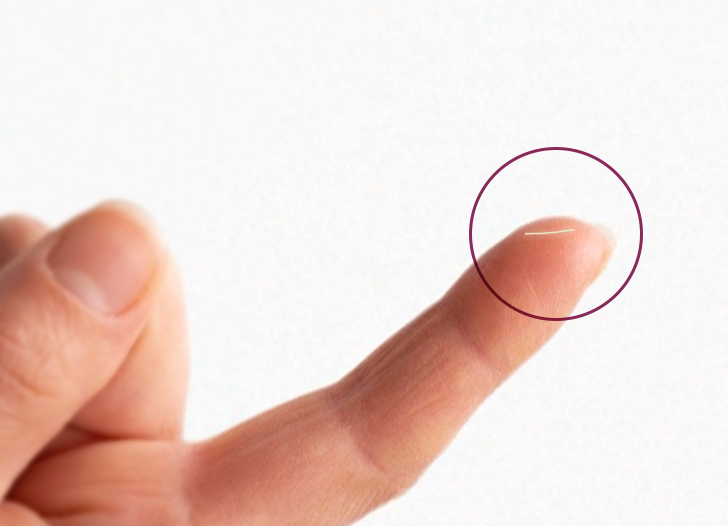IMPORTANT SAFETY INFORMATION
Who should not receive the XEN®
Glaucoma Treatment System?
This surgical treatment should not be used if you currently have any
of the following: angle-closure glaucoma where the drainage angle of the eye has not been surgically opened; a glaucoma drainage
device previously implanted or scarring and pathologies of the conjunctiva (the clear membrane covering the white outer layer
of the eye) in the area needed for this implant; eye inflammation (such as inflammation of the eyelids, conjunctiva, cornea, or uvea);
abnormal formation of new blood vessels on the iris (the colored part of the eye) surface; artificial lens implanted in the anterior
chamber (the space between your cornea, the outer transparent part of the eye, and the iris); silicone oil in your eye; and vitreous
(the transparent jelly-like tissue that is found behind the lens) present in the anterior chamber.
What warnings should I be aware of?
XEN
® Gel Stent complications may include buildup of fluid
between the choroid (inner layer of blood vessels) and the sclera (white outer layer of the eyeball), blood in the eye, very low eye
pressure, implant moving to another part of the eye, implant exposure, wound leak, need for additional surgical intervention, and
other eye surgery complications. The safety and effectiveness of the XEN
® Gel Stent in neovascular,
congenital, and infantile glaucoma has not been established. After the XEN
® Gel Stent procedure, to help
avoid the possibility of implant damage, avoid rubbing or pressing your fingers on the eye in the area where the XEN
® Gel Stent was implanted.
What precautions should I be aware of? Before surgery,
your doctor will check that the device and injector are not damaged. During surgery, your doctor will stop the procedure if he or
she observes increased resistance during implantation and will use a new XEN
® system. After surgery, your
doctor should check and manage your eye pressure appropriately. The safety and effectiveness of implanting more than one XEN
®
Gel Stent in an eye has not been studied.
What are possible side effects?
The most
common side effects after surgery include reduction of vision, eye pressure becoming too low, an increase in eye pressure, and need for an additional surgical
procedure in the eye to release scar tissue (needling) around the implant under the conjunctiva. Talk to your doctor about other possible side effects.
Caution: Federal law restricts this device to sale by or on the order of a licensed physician. For the full Directions for Use, please visit www.allergan.com/xen/usa.htm
or call 1-800-678-1605. Please call 1-800-433-8871 to report an adverse event.
Please see accompanying full Directions for Use or visit https://www.rxabbvie.com/pdf/xen_dfu.pdf



